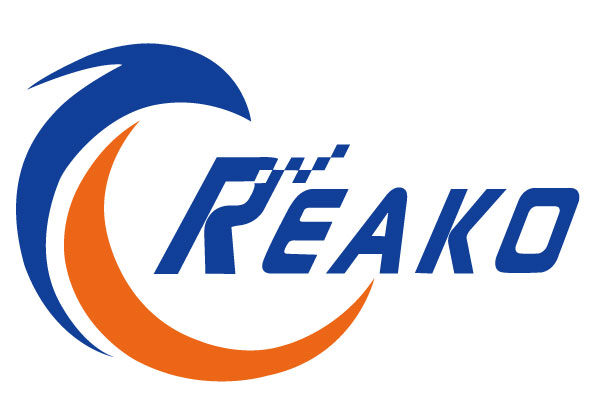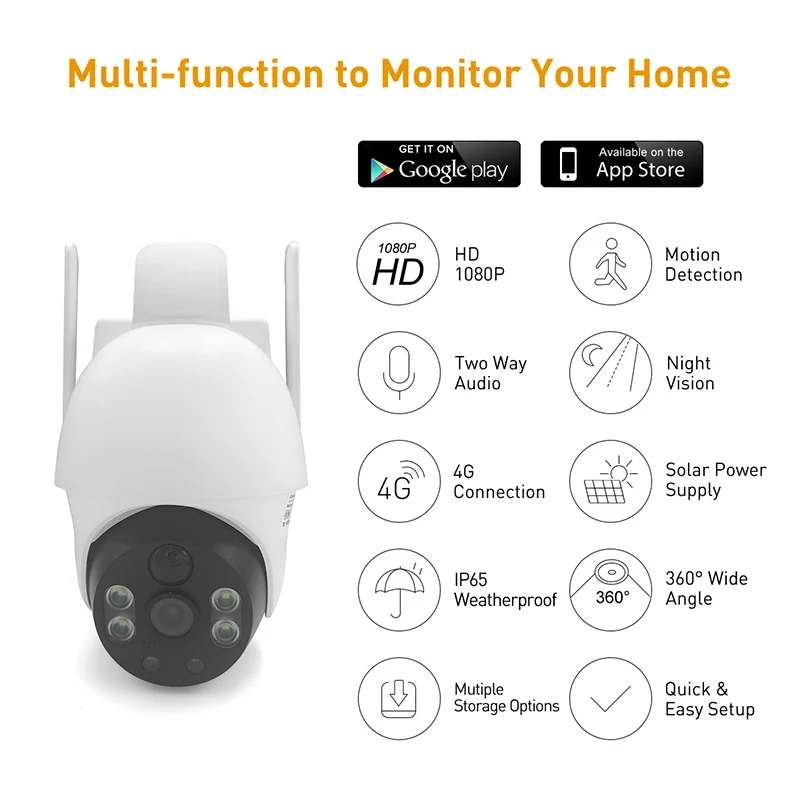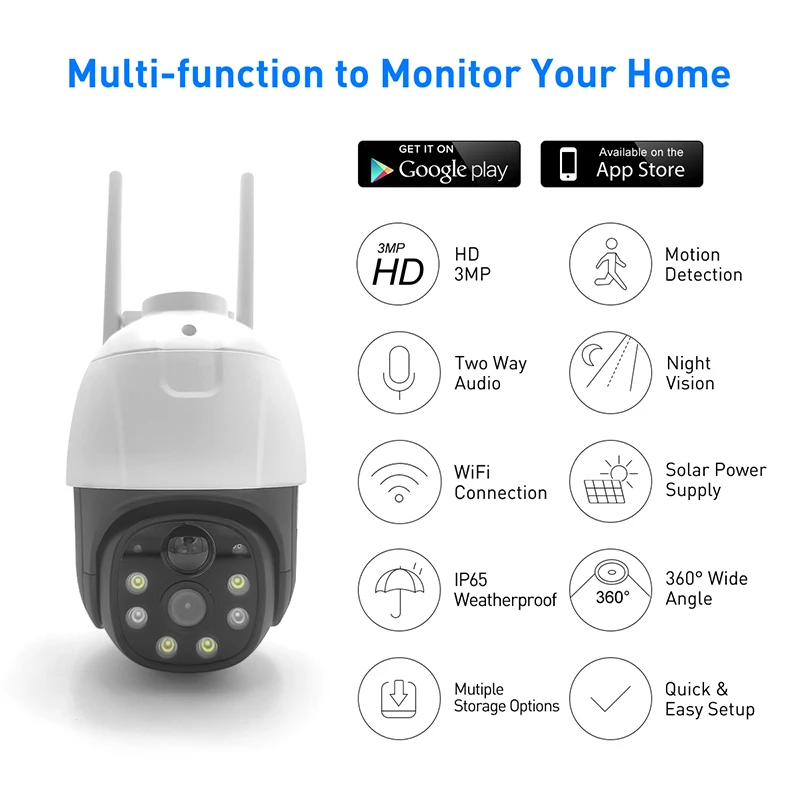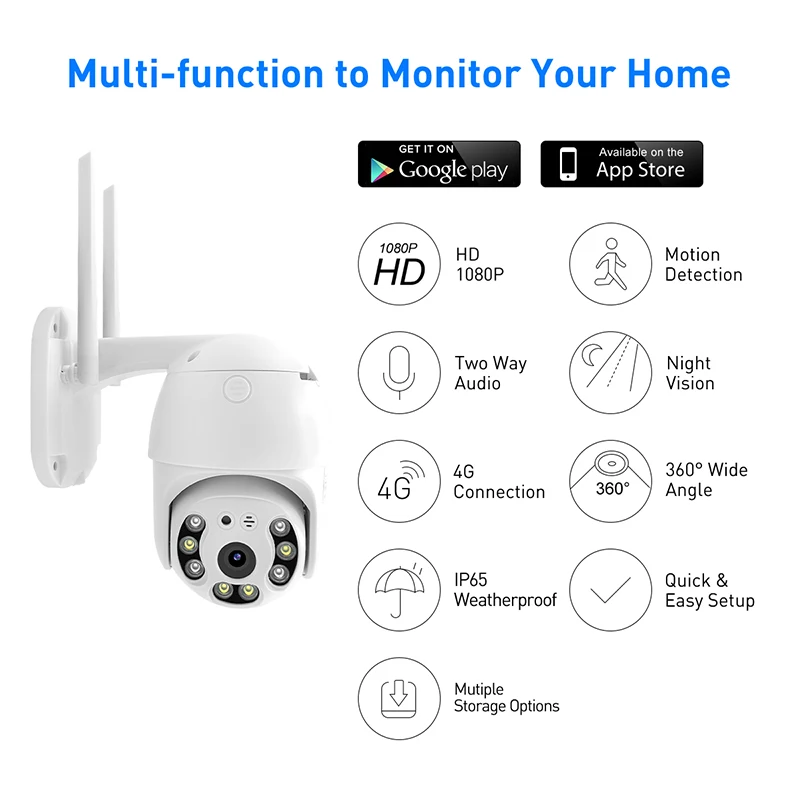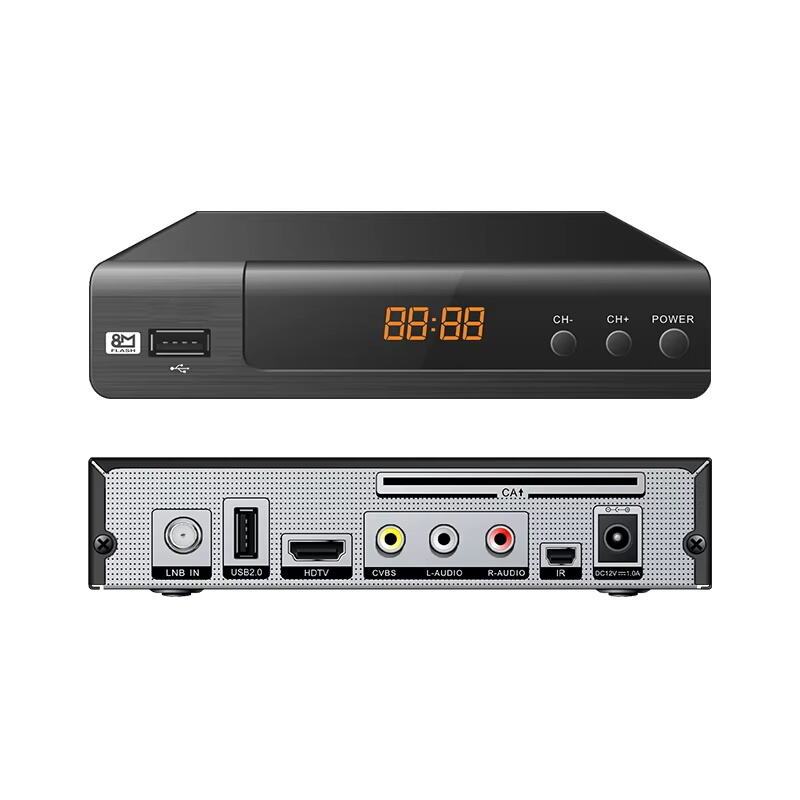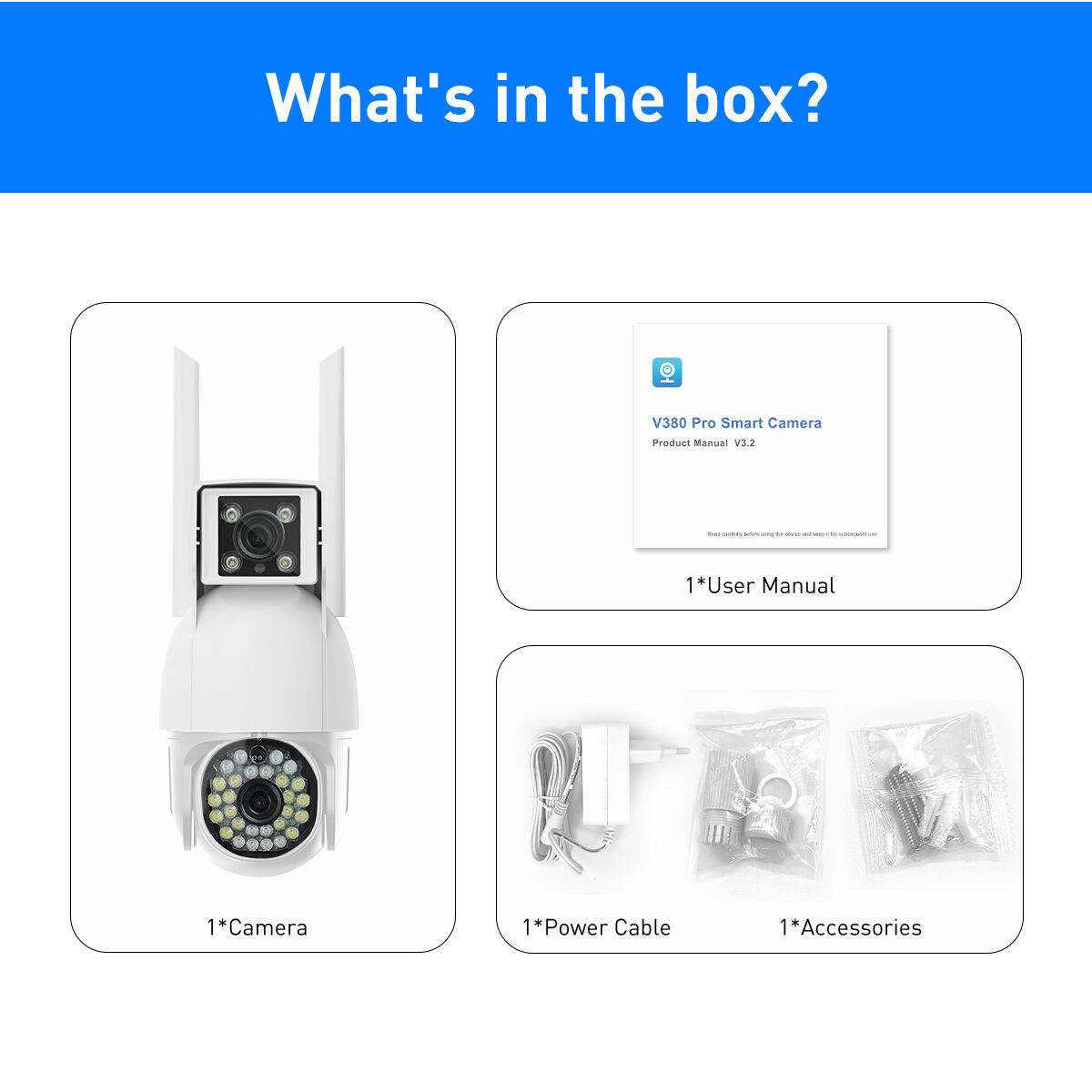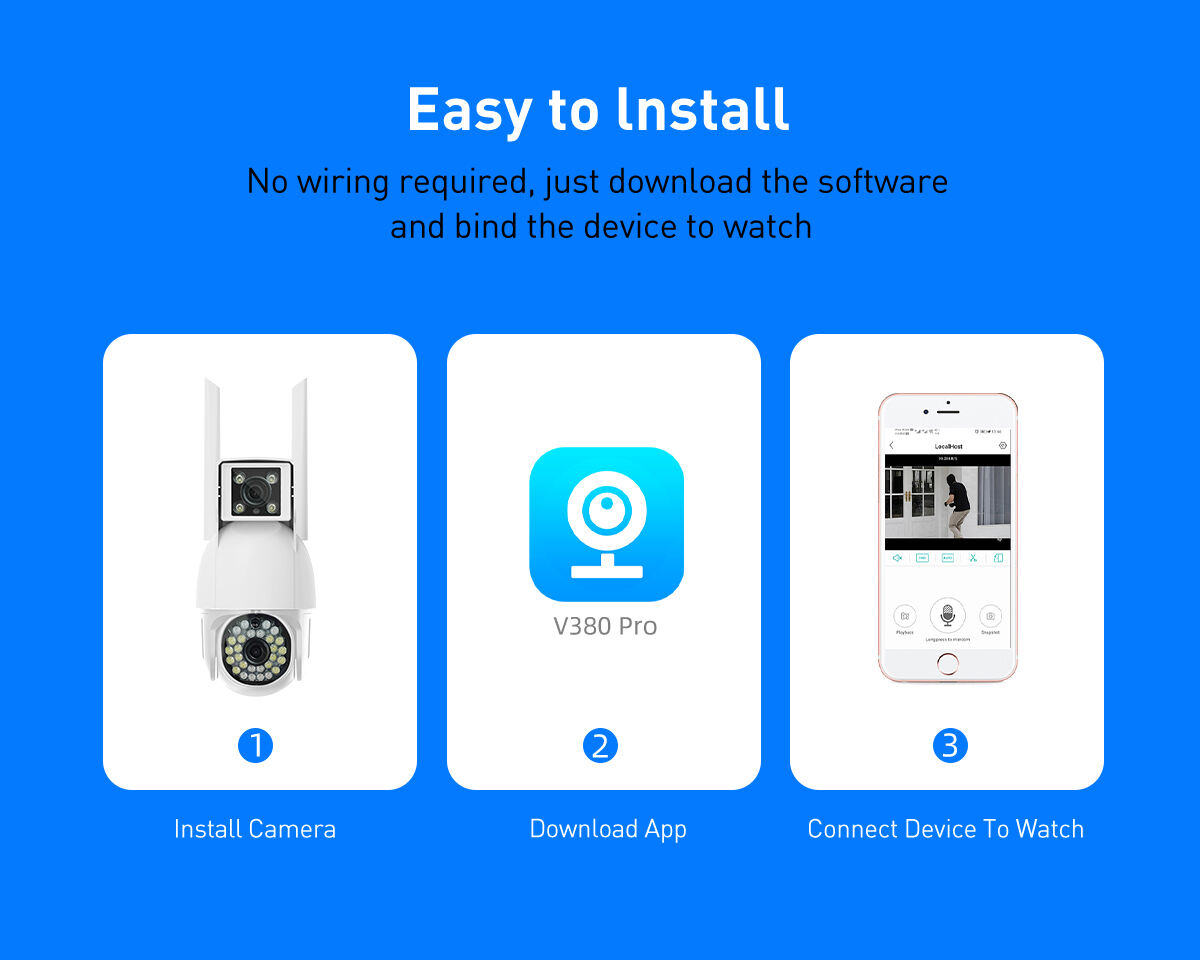டிவிபி சி சிக்னல்
DVB C சமிக்ஞை, அல்லது டிஜிட்டல் வீடியோ ஒளிபரப்பு கேபிள், நவீன டிஜிட்டல் கேபிள் தொலைக்காட்சி பரிமாற்றத்தில் ஒரு முக்கியமான தரத்தை குறிக்கிறது. இந்த தொழில்நுட்பம் கேபிள் நெட்வொர்க்குகள் மூலம் டிஜிட்டல் டிவி உள்ளடக்கத்தை திறம்பட வழங்க உதவுகிறது, இது சிறந்த படத் தரம் மற்றும் மேம்பட்ட அலைவரிசைப் பயன்பாட்டை வழங்குகிறது. கேபிள் உள்கட்டமைப்பில் செயல்படும் DVB C, டிஜிட்டல் சமிக்ஞைகளை திறம்பட அனுப்ப அதிநவீன சதுர அளவிலான பெருக்க மாற்றியமைப்பு (QAM) நுட்பங்களைப் பயன்படுத்துகிறது. இந்த அமைப்பு அதிக தரவு பரிமாற்ற விகிதங்களை ஆதரிக்கிறது, பொதுவாக 38 முதல் 56 மெபிட் / வி வரை இருக்கும், இது உயர் வரையறை உள்ளடக்கம் மற்றும் பல சேனல் தொகுப்புகளை வழங்குவதற்கு ஏற்றதாக அமைகிறது. இந்த தொழில்நுட்பத்தில் வலுவான பிழை திருத்த வழிமுறைகள் மற்றும் மேம்பட்ட சமிக்ஞை செயலாக்க திறன்கள் உள்ளன, இது கடினமான நிலைமைகளில் கூட நம்பகமான வரவேற்பை உறுதி செய்கிறது. DVB C பல பிராந்தியங்களில் கேபிள் தொலைக்காட்சி விநியோகத்தின் முதுகெலும்பாக மாறியுள்ளது, இது நிலையான மற்றும் உயர் வரையறை தொலைக்காட்சி, டிஜிட்டல் வானொலி மற்றும் ஊடாடும் சேவைகள் உள்ளிட்ட பல்வேறு சேவைகளை ஆதரிக்கிறது. அதன் நடைமுறைப்படுத்தல் கேபிள் ஆபரேட்டர்கள் தங்கள் நெட்வொர்க் திறனை அதிகரிக்க அனுமதிக்கிறது, அதே நேரத்தில் ஒத்திசைவான, உயர்தர உள்ளடக்கத்தை சந்தாதாரர்களுக்கு வழங்குகிறது. பல வீடியோ வடிவங்கள் மற்றும் சுருக்கத் தரங்களுடன் இந்த அமைப்பு இணக்கமானது நவீன ஒளிபரப்பு தேவைகளுக்கு குறிப்பாக பல்துறை திறன் கொண்டதாக அமைகிறது.
